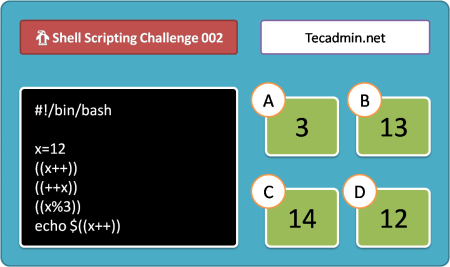Shell scripting is an essential skill for automating tasks on Unix-like systems, enabling users to execute sequences of commands in scripts. A fundamental concept that enhances the power and efficiency of these scripts is the use of functions. This guide aims to demystify functions in shell scripting, making them accessible to beginners.
What Are Functions in Shell Scripting?
In shell scripting, a function is a named block of code that performs a specific task. Just like functions in traditional programming languages, shell functions allow you to encapsulate logic, making your scripts more modular, readable, and maintainable. Functions are particularly useful for repetitive tasks that occur multiple times within a script.
Syntax of Functions
There are two primary ways to define a function in bash:
- Standard Syntax: A function in a shell script is defined using the following syntax:
function_name() { # Code to execute } - Alternative Syntax:Alternatively, you can define a function without the parentheses:
function function_name { # Code to execute }
Both methods are equally valid, but the choice of which to use often comes down to personal preference or coding standards.
Calling Functions
Once defined, you call a function simply by writing its name anywhere in your script after its definition:
function_name
Passing Arguments
Functions can accept arguments, which are passed to them by listing them after the function call, separated by spaces. Inside the function, arguments are accessed using $1, $2, etc., where $1 is the first argument, $2 is the second, and so on.
#!/bin/bash
function greet {
echo "Hello, $1!"
}
greet "World" # Outputs: Hello, World!
Returning Values
Shell functions don’t return values in the traditional programming sense. They return an exit status (0 for success, anything else for failure). However, you can simulate returning a value by echoing it and capturing the output:
#!/bin/bash
function add {
echo $(($1 + $2))
}
result=$(add 3 5)
echo $result # Outputs: 8
Recursive Functions
Bash functions support recursion, allowing a function to call itself. This is particularly useful for tasks that require iterative processes or tree traversal. Lets see an example:
#!/bin/bash
function funRecursive {
val=$1
if [ $val -gt 5 ]; then
return # Gracefully exit the function
fi
echo $val
val=$((val + 1))
funRecursive $val # Recursive function call
}
# Call funRecursive from anywhere in the script
funRecursive 1
The script defines a recursive function, funRecursive, that prints numbers from 1 to 5. It accepts a number as an argument, checks if it’s greater than 5 to exit, or prints it and calls itself with the next number, illustrating a simple use of recursion to iterate through a range.
Why Use Functions?
Functions offer several benefits in shell scripting:
- Modularity: Functions allow you to break down your script into smaller, manageable pieces.
- Reusability: Once you’ve written a function, you can use it multiple times in your script or even in other scripts.
- Maintainability: Functions make your script easier to read and maintain. Changes to a function’s code affect all parts of the script that call it, reducing the risk of errors.
Best Practices
When using functions in your shell scripts, consider the following best practices:
- Naming: Use descriptive names for your functions to indicate what they do.
- Scope: Keep your functions focused on a single task.
- Arguments: Pass data to functions using arguments rather than relying on global variables.
Conclusion
Functions are a powerful feature of shell scripting that can significantly enhance the modularity, readability, and maintainability of your scripts. By understanding how to define, call, and utilize functions, you can take your shell scripting skills to the next level. Start experimenting with functions in your scripts, and you’ll quickly appreciate the flexibility and power they bring to your scripting toolbox.

